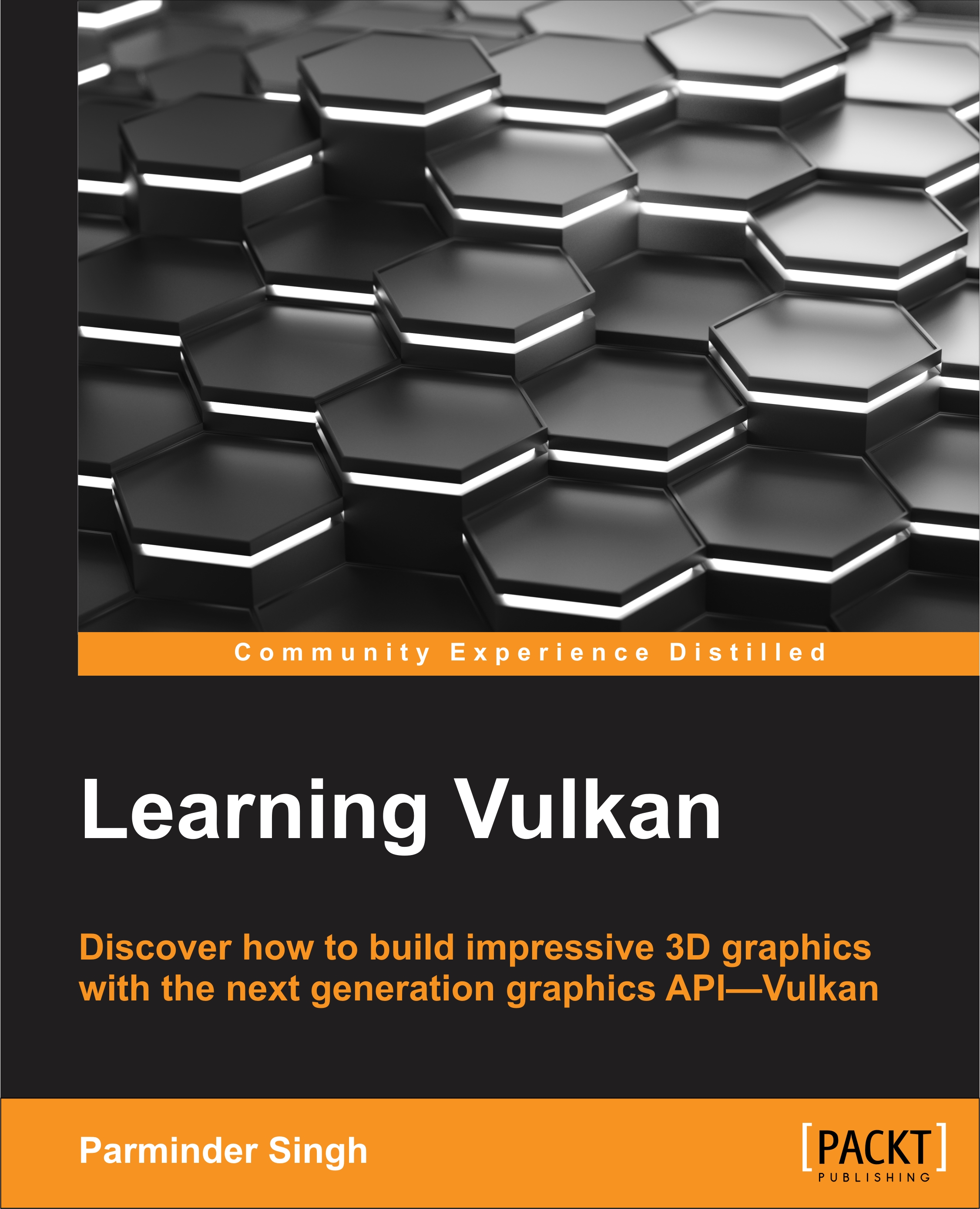Summary
In this chapter, we got our hands dirty with Vulkan programming. We understood the setup and building process of the Vulkan project using CMake and the LunarG SDK. We started with Vulkan basics, with layers and extensions, and learned the step-by-step process to query them. We created a Vulkan instance and demonstrated the instructions to enable and test the layers and extensions at an instance level.
Further, we discussed devices and queues. We explored the differences between physical and logical device objects. We programmed the enumeration of the physical device on a system and learned to enable device-specific extensions. We enumerated the queue families associated with each physical device. Using the queue properties, we chose the graphics queue and created the logical device object.
Finally, we summed up all of our understanding and implemented the process of handshaking with the device, which includes the creation of physical and logical device objects along with their queues...























































